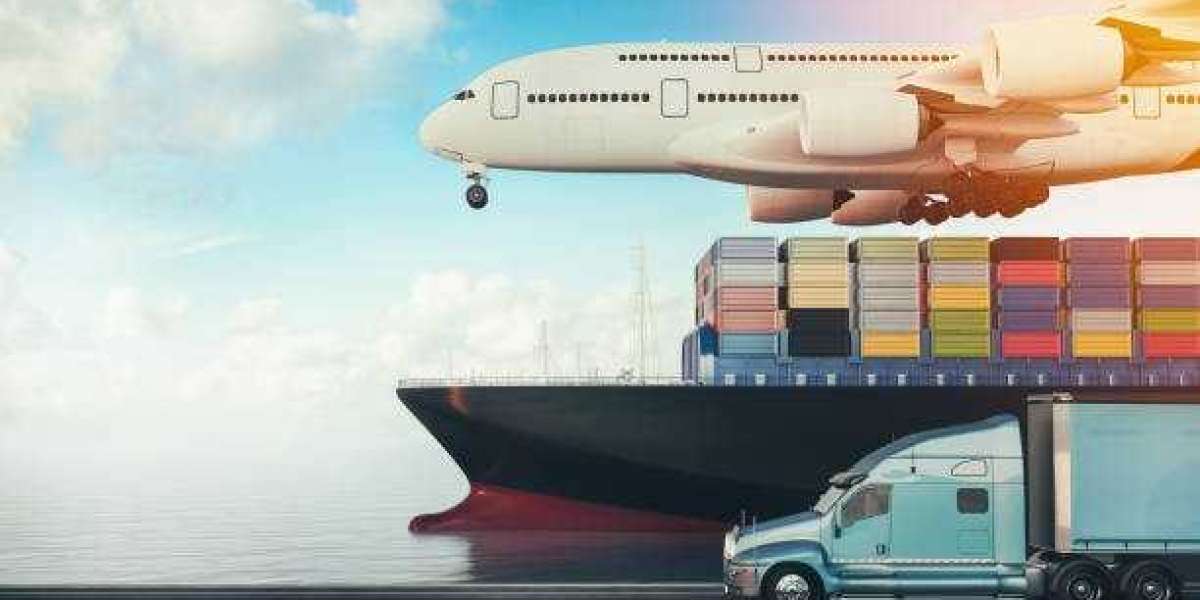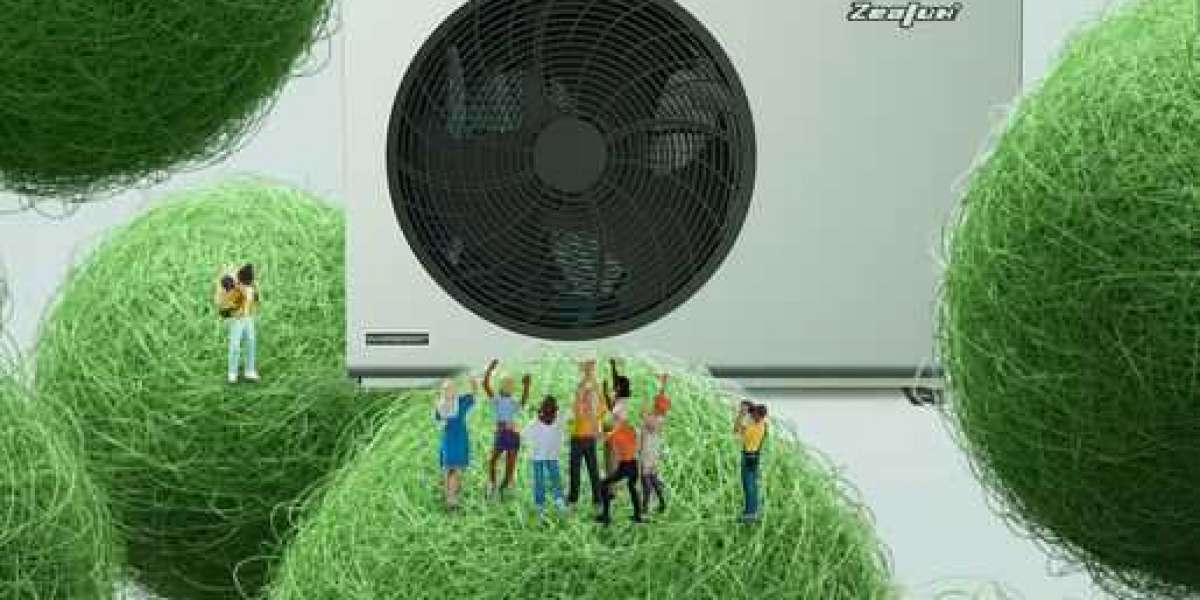Different sectors in the global unmanned aerial vehicle (UAV) market are making utilize of UAVs to pull the advantages they offer like providing high-quality aerial imaging, the ability to reach dangerous areas, detailed data, and ease of deployment. Unmanned aerial vehicles can also be utilized in disastrous situations as well to perform aerial monitoring, structural analysis, logistics and cargo, fire detection, and others.
The demand for the unmanned aerial vehicle (UAV) market is rapidly rising due to its increased use across different applications, developing technological advancements, lowering risks, and strengthening securities. The rapid usage of UAVs in recent years has enhanced precision, reduced production costs and workload, and expanded productivity and work efficiency.
At the same time, it extensively enhanced customer relations and service. All these factors have increased demand for UAVs across different industries, particularly in military, residential, civil and commercial, and future technology. In addition to this, according to the research report of Astute Analytica, the global unmanned aerial vehicle (UAV) market is growing at a compound annual growth rate (CAGR) of 7.5% during the forecast period from 2022 to 2030.
The role of the unmanned aerial vehicle (UAV) in the military warfare is: -
Better Reconnaissance, Surveillance, and Target Acquisition (RSTA)
UAVs deliver real-time information on terrain, positions, and enemy movements of the targets to commanders on the ground. Corresponded to high-altitude aircraft, UAVs can take closer footage without compromising the quality of both videos and photos.
Lowered Cost
UAVs are cheaper than traditional aircraft in terms of both maintenance and price. Because they are unmanned, they also lower the risk of pilots being hurt mid-flight.
Expanded Convenience
Compared to conventional aircraft, UAVs are easier and faster to deploy. They are easier to use and do not require training as extensive as most aircraft. Also, many UAVs do not require a runway, and other types can effortlessly fit in a backpack.
Improved Flexibility
Military forces are always required to be ready for anything at a moment’s notice. While the military-industrial complex has expanded technology that prioritizes this demand, UAVs are the best example. On top of this, UAVs can even be fully automated.
Today, many Military Warfare industries create UAV technology incorporated with more military programs worldwide. They deliver many advantages and benefits that make them particularly useful for different roles.
- Reconnaissance– UAVs can perform surveillance missions by hovering over an area for a vast period.
- Control and Command –UAVs can relay vital information on enemy locations, movements, and positions of strategic targets. This information lets commanders be more efficient and make better decisions in the field.
- Combat Support and Combat – Unmanned aerial vehicles play a huge role in performing combat support and combat missions. Built-in targeting software lets operators hit their targets with greater accuracy and precision.
- Target Practice – UAVs can be utilized for training exercises or for target practice by operators to enhance their precision.
- Logistics – UAVs can be utilized as military-industrial couriers and help in delivering valuable equipment and supplies. They can also aid in evacuating injured personnel.









